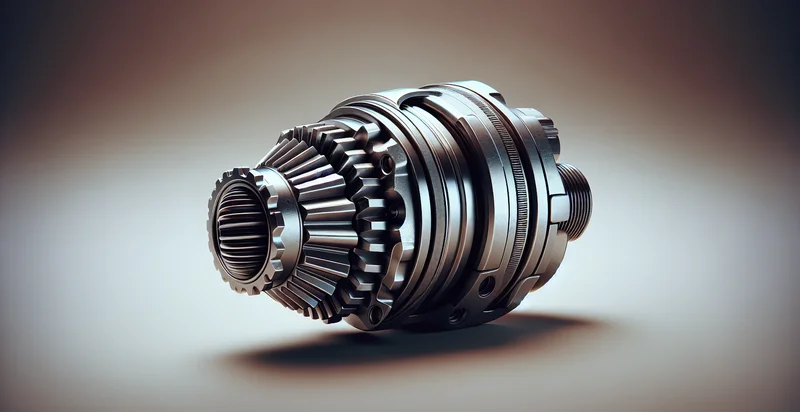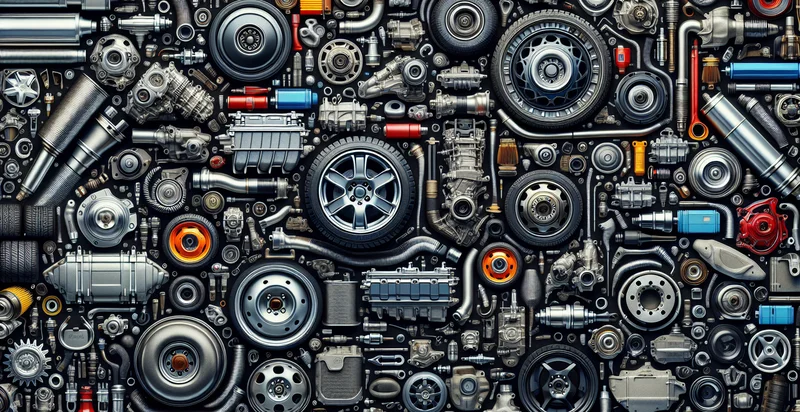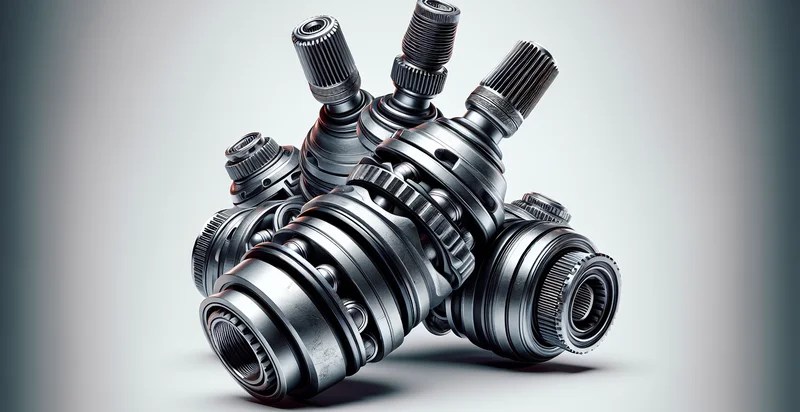Identify cv joint makes
using AI
Below is a free classifier to identify cv joint makes. Just upload your image, and our AI will predict what type of CV joint it is - in just seconds.

Contact us for API access
Or, use Nyckel to build highly-accurate custom classifiers in just minutes. No PhD required.
Get started
import nyckel
credentials = nyckel.Credentials("YOUR_CLIENT_ID", "YOUR_CLIENT_SECRET")
nyckel.invoke("cv-joint-makes", "your_image_url", credentials)
fetch('https://www.nyckel.com/v1/functions/cv-joint-makes/invoke', {
method: 'POST',
headers: {
'Authorization': 'Bearer ' + 'YOUR_BEARER_TOKEN',
'Content-Type': 'application/json',
},
body: JSON.stringify(
{"data": "your_image_url"}
)
})
.then(response => response.json())
.then(data => console.log(data));
curl -X POST \
-H "Content-Type: application/json" \
-H "Authorization: Bearer YOUR_BEARER_TOKEN" \
-d '{"data": "your_image_url"}' \
https://www.nyckel.com/v1/functions/cv-joint-makes/invoke
How this classifier works
To start, upload your image. Our AI tool will then predict what type of CV joint it is.
This pretrained image model uses a Nyckel-created dataset and has 47 labels, including Aco, Acura, Audi, Bca, Bmw, Buick, Chevrolet, Chrysler, Dodge and Drivetech.
We'll also show a confidence score (the higher the number, the more confident the AI model is around what type of CV joint it is).
Whether you're just curious or building cv joint makes detection into your application, we hope our classifier proves helpful.
Related Classifiers
Need to identify cv joint makes at scale?
Get API or Zapier access to this classifier for free. It's perfect for:
- Automotive Parts Verification: This function can be utilized by manufacturers and suppliers to verify the authenticity of automotive CV joints. By scanning images of components, the classifier can identify counterfeit parts and ensure quality control in the supply chain.
- Quality Assurance in Manufacturing: During the production of CV joints, this function can monitor the assembly process by classifying images in real-time. By identifying incorrect or false products, manufacturers can prevent defective items from reaching the market, thus enhancing overall product quality.
- Inventory Management: Automotive retailers can use this image classification function to streamline inventory management. By classifying incoming CV joint products upon arrival, the system can help quickly assess stock levels and identify mismatches in product specifications.
- Consumer Safety Checks: Auto repair shops can implement this function to ensure that the CV joints being used for repairs or replacements are genuine. This can help mechanics identify potentially unsafe counterfeit parts before they are installed on vehicles, thereby improving safety for end-users.
- E-commerce Fraud Detection: Online marketplaces can leverage this classification tool to detect and prevent fraudulent listings of automotive parts. By analyzing product images, the system can flag suspicious CV joint entries that do not match genuine manufacturer specifications, protecting consumers from scams.
- Automated Customer Support: Car parts websites can deploy this function as a part of an automated customer support system. Customers can upload images of their CV joints, and the classifier can accurately identify the make, helping technicians to provide the right advice or product recommendations quickly.
- Training and Development: Automotive engineering schools can use this image classification function in their training programs. Students can learn how to recognize different CV joint makes through practical image-based exercises, bridging the gap between theoretical knowledge and real-world application.


